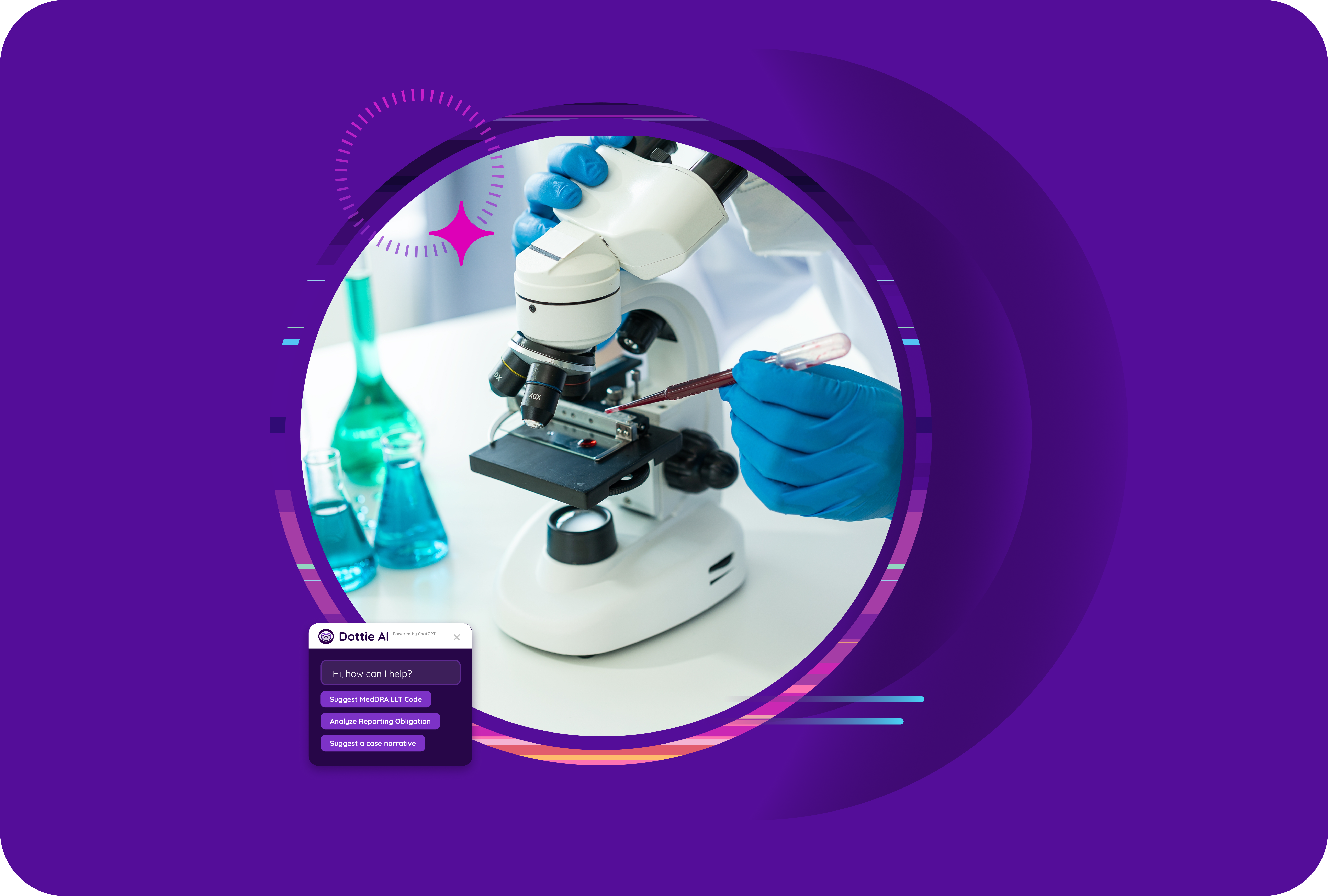
In medical device manufacturing, companies must follow specific standards to ensure compliance. ISO 13485 and ISO 14971 are two key standards that guide the safety and quality of medical devices. Understanding how they work and interact is important for organizations in the medical device industry
ISO 13485 focuses on the quality management systems required for the design and manufacture of medical devices, ensuring they meet regulatory standards. ISO 14971, on the other hand, outlines the risk management process for identifying, evaluating, and controlling risks associated with medical devices. Both standards are crucial, but they address different aspects of compliance.
In the following sections, we will explore the key differences between ISO 13485 and ISO 14971, how they complement each other, and what organizations need to know to comply with both standards.
ISO 13485: A Framework for Consistent Quality
ISO 13485, a quality management system (QMS) standard specifically tailored for the medical device industry, provides a comprehensive framework for organizations to establish, implement, maintain, and continually improve their QMS. It encompasses a wide range of processes and activities, including:
- Risk management: Identifying, assessing, and controlling potential risks associated with medical devices.
- Quality planning: Developing and implementing plans to ensure product quality.
- Document control: Managing and controlling documents related to the QMS.
- Purchasing: Ensuring suppliers and contractors meet quality requirements.
- Nonconforming product: Handling products that do not meet specifications.
- Corrective actions: Implementing measures to prevent the recurrence of nonconformities.
- Preventive actions: Taking proactive steps to avoid potential problems.
- Internal audits: Conducting regular internal audits to assess QMS effectiveness.
- Management review: Reviewing the QMS performance and effectiveness.
ISO 13485 serves as the foundation for the QMS, ensuring that medical devices are consistently designed, manufactured, and distributed according to established quality standards. It provides a structured approach to managing quality throughout the entire product lifecycle, from design and development to production, distribution, and post-market surveillance.
ISO 14971: Built for Risk Management
While ISO 13485 focuses on the overall quality management system, ISO 14971 looks specifically into risk management. It provides a systematic approach to identifying, assessing, and controlling risks associated with medical devices throughout their lifecycle.
Key aspects of ISO 14971 include:
- Risk identification: Identifying potential hazards and risks associated with medical devices.
- Risk analysis: Assessing the severity and likelihood of identified risks.
- Risk control: Implementing measures to reduce or eliminate risks.
- Risk evaluation: Evaluating the effectiveness of risk control measures.
- Risk communication: Communicating risk information to relevant parties.
ISO 14971 is particularly important in the medical device industry due to the potential risks associated with these products. By following the principles of ISO 14971, organizations can proactively identify and address potential hazards, ensuring the safety and effectiveness of their medical devices.
The Connection Between ISO 13485 and ISO 14971
While ISO 13485 and ISO 14971 are distinct standards, they are closely interconnected. ISO 13485 requires organizations to have a risk management process in place, and ISO 14971 provides the specific guidelines for implementing such a process. In essence, ISO 13485 establishes the framework for quality management, while ISO 14971 ensures that risk management is a central component of that framework.
By complying with both ISO 13485 and ISO 14971, organizations can demonstrate their commitment to quality and safety, enhance their regulatory compliance, and build trust with customers, healthcare providers, and regulatory authorities.
Key Considerations for Implementing ISO 13485 and ISO 14971
Implementing ISO 13485 and ISO 14971 requires careful planning, resource allocation, and a commitment to continuous improvement. Some key considerations include:
- Gap analysis: Conducting a thorough assessment of the organization’s current practices against the requirements of the standards.
- Documentation: Developing and maintaining comprehensive documentation for the QMS and risk management processes.
- Training: Providing training to employees on the requirements and application of the standards.
- Internal audits: Conducting regular internal audits to assess compliance and identify areas for improvement.
- Management review: Regularly reviewing the QMS and risk management processes to ensure their effectiveness.
By addressing the considerations outlined above, organizations can successfully implement ISO 13485 and ISO 14971, reaping a multitude of benefits that extend beyond mere compliance.
Here are some key advantages:
Enhanced Quality and Safety
- Reduced defects and nonconformities: Effective QMS and risk management processes help identify and address potential issues early on, reducing the likelihood of product defects and nonconformities.
- Improved patient safety: By ensuring that medical devices meet rigorous quality and safety standards, organizations can help protect patients from harm and enhance their overall experience.
- Increased patient satisfaction: High-quality medical devices that perform as expected can lead to increased patient satisfaction and loyalty.
Regulatory Compliance and Market Access
- Simplified regulatory submissions: Compliance with ISO 13485 and ISO 14971 can streamline regulatory submissions and approvals.
- Enhanced market access: Adherence to these standards demonstrates a commitment to quality and safety, which can improve market access and competitiveness.
- Reduced risk of regulatory penalties: By complying with regulatory requirements, organizations can avoid costly penalties and fines.
Improved Efficiency and Cost-Effectiveness
- Optimized processes: Implementing ISO 13485 and ISO 14971 can lead to more efficient and streamlined processes, reducing waste and improving overall productivity.
- Reduced costs: By identifying and addressing potential risks early on, organizations can avoid costly recalls, rework, and other quality-related expenses.
- Enhanced customer satisfaction: Improved quality and efficiency can lead to increased customer satisfaction and reduced customer complaints.
Enhanced Reputation and Trust
- Improved brand image: Adherence to ISO 13485 and ISO 14971 can enhance an organization’s reputation as a reliable and trustworthy provider of medical devices.
- Increased stakeholder confidence: Compliance with these standards demonstrates a commitment to quality and safety, which can increase the confidence of investors, customers, and regulatory authorities.
- Enhanced market credibility: A strong reputation for quality and safety can help organizations gain market credibility and establish a competitive advantage.
ISO 13485 and ISO 14971: Key Standards for Medical Device Compliance
ISO 13485 and ISO 14971 are essential standards for organizations operating in the medical device industry. By understanding the distinct purposes of these standards and implementing them effectively, organizations can not only ensure the safety, quality, and regulatory compliance of their products but also reap a wide range of benefits, including enhanced efficiency, cost-effectiveness, reputation, and trust. Ultimately, by investing in these standards, organizations can protect patients, build a sustainable business, and contribute to the advancement of healthcare.
Want to see how our solution can help you manage compliance with ISO 13485 and ISO 14971? Request a demo to learn how we can simplify the process and keep you audit ready.


